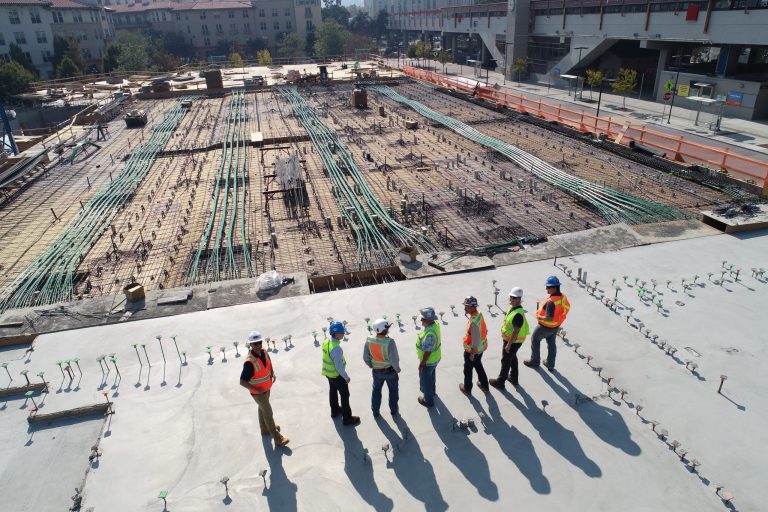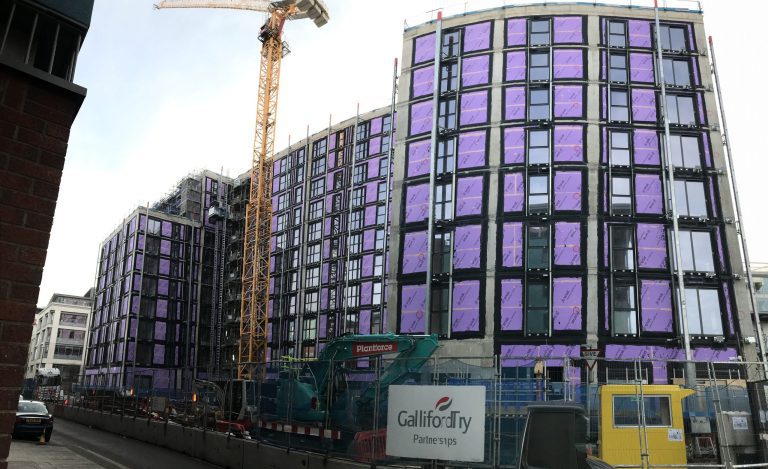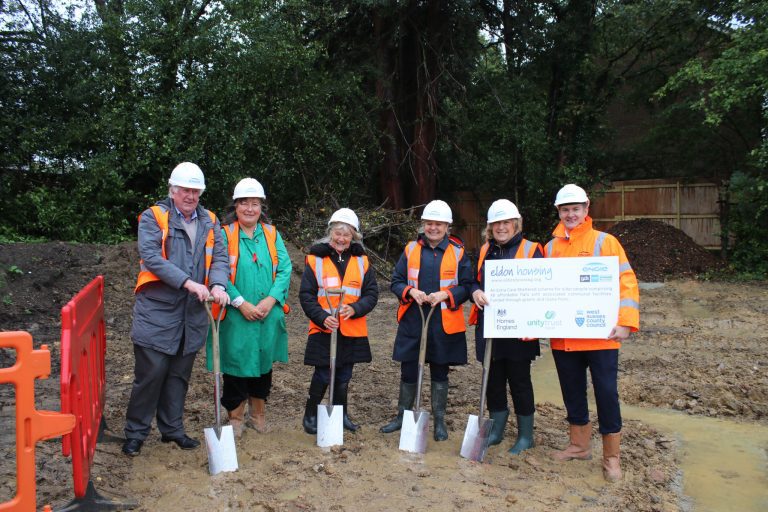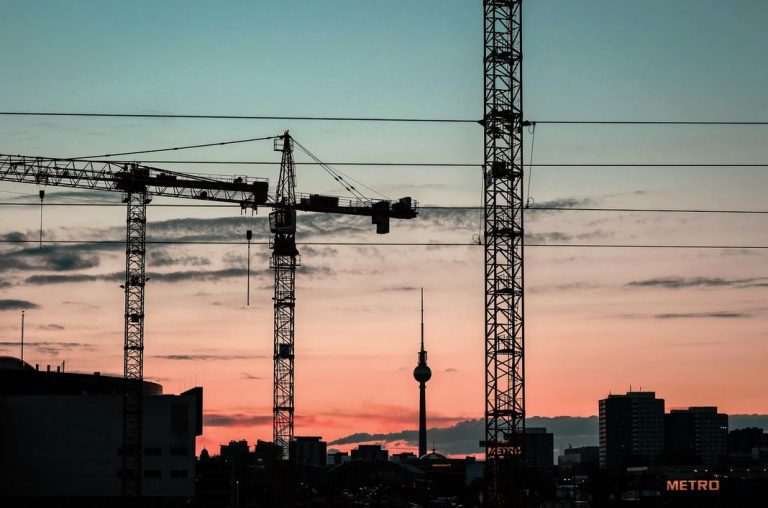There can be no doubt that the environment is something that businesses are increasingly thinking about. Going green is becoming a necessity for organisations across all industries, and this certainly goes for construction. In fact, industry experts predict that the majority of constructions projects will be ‘green’ in the very near future. As regulations become more stringent in terms of the need for business to be environmentally friendly, we can expect the rate of green construction to only increase further. So, what does this mean for 2020? In order to meet the challenges of green building construction there are a number of innovative products and new approaches that we are seeing become the norm across the industry. Here we take a look at building construction is becoming increasing eco-friendly in 2020. Smart bricks One very interesting development in green construction to watch out for in 2020 is that of ‘smart bricks’. Researchers are still working on the concept, but it would look to create actually building materials that are able to extract energy from sunlight, as well as resources such as waste water and air. The bricks will be able to react to their surroundings, and carry out a number of different tasks such as cleaning water. They could eventually be rolled out in construction, and would allow buildings to be created to make use of their properties. This would be a huge benefit to the environment, so the faster they can be developed – the better. Self-healing concrete Another innovation that we could begin to see influencing green construction is self-healing concrete. This product is the brainchild of microbiologist Henk Jonkers and concrete specialist Eric Schlangen, and it utilises bacteria in order to close cracks that appear in concrete. This innovation helps to ensure that the concrete does not need to be repaired manually. Reducing the need for regular infrastructure improvement could lead to massive reduction in carbon emissions, and could extend the life of a building. Using recycled materials Increasing architects and developers are looking into innovative ways of re-using materials such as cardboard, plastic and scrap metal. Recycling is essential in terms of reducing the carbon footprint, so anytime that the construction sector can make use of recycled materials it can have a massive impact. We are already seeing examples of recycled paper being used as insulation for buildings which both re-utilises the material and makes new buildings more energy efficient. New approaches to HVAC Of course, it is the case that heating, ventilation and air conditioning (HVAC) is a major part of constructing any kind of new building – but this is an area that has faced criticism in terms of its environmental impact. Older heating and air conditioning systems have had a significant carbon footprint. In 2020, this has become a major issue that contractors are taking increasingly seriously. Leading HVAC specialists BSE FM have put a focus on “installing low carbon mechanical and electrical schemes means that we are able to assist our clients in meeting their sustainability targets and deliver significant long term value of their property assets”. This shows how seriously the industry is taking the issue. And given the fact that gas boilers are being phased out of new domestic building construction by 2025, it seems likely that this will soon extend to all areas of construction, forcing contractors and developers to look into greener options such as ground source heat pumps and solar heating. The challenges When there is change in any industry it can produce challenges, and as construction goes greener in 2020 it is inevitable that there will be some issues. One of the major ones might be the hurdle of perception that green construction is more expensive. In reality, green construction needn’t be any more expensive than traditional construction, and actually some of the projects – such as fitting an array of solar panels – can actually decrease costs long-term, meaning that this sort of construction can actually be cheaper as time goes one due to lower operating costs. Final thoughts Just as there may be challenges in the construction industry going green, there are also opportunities. As construction evolves to be more environmentally friendly it can make for massive improvement throughout the industry. This is something that we can expect to expand and develop in 2020 and beyond.








